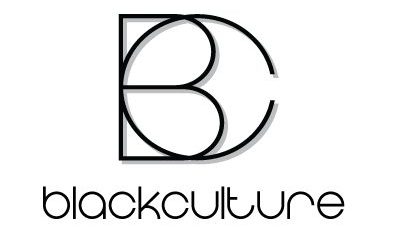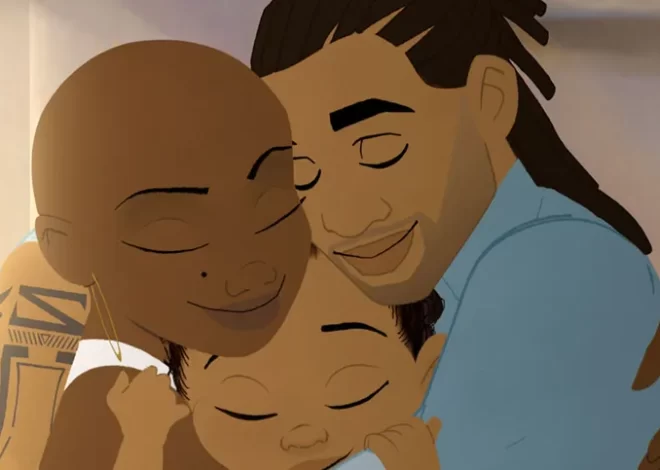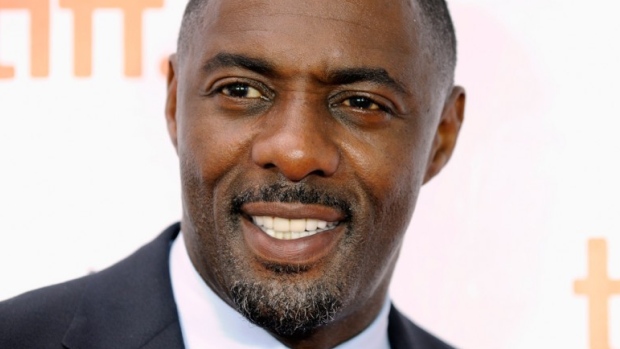
Are We Witnessing The Return of Black-ish TV?
From the 1960s to around 2006, when The WB and UPN network merged, finding Black majority shows, on network TV, wasn’t that hard. Nor finding diverse depictions of Black people. You could find Black people living upper crust lives on The Jeffersons, The Cosby Show, The Fresh Prince of Bel Air, and Girlfriends; Middle Class families on Family Matters and Moesha; and even working class families like on Good Times and Everybody Hates Chris. Not to forget, there were also shows like In Living Color, Living Single, A Different World, Martin and many others which are widely considered classics both within and outside the Black community.
Yet, Everybody Hates Chris was one of the last network TV shows to feature a Black majority cast. Since then, pretty much what has happened is this new form of tokenism in which you’ll find one Black character, who is usually male; one Hispanic or Latino, if they aren’t swapped out for an Asian person; and then one LGBTQ character who is usually a White cis male. And it isn’t just network TV, but pretty much outside of BET, Tyler Perry’s productions on OWN, a select few HBO shows, and a few cable networks which are either subsidiaries of BET, or trying to come off as a less urban, or more respectable BET, finding Black majority shows are hard. Well, unless you count reality television.
And things have gotten so bad that pretty much Black creators have found themselves releasing shows on online platforms like YouTube like rappers do mixtapes. All for free, all low budget, and with them highly depending on donations. Yet, even with Issa Rae and the folks at Black & Sexy TV making a big enough wave to get noticed by established channels, it wasn’t until this year where ABC, which has been a major champion of the new form of tokenism, has decided to not just release the Black majority show Black-Ish, but also feature new shows featuring a Hispanic family in Cristela, as well as their 2nd go at showcasing an Asian family, after Margaret Cho’s All American Girl in the 90s, in the Fresh Off the Boat.
All of which is major since each show isn’t just us seeing faces which aren’t White, but the fact there is some sense of culture being brought to the shows. Of which, in this wannabe colorblind/ always politically correct world will surely rub people the wrong way. But with TV ratings steadily declining over the years perhaps ABC, out of all the networks, is realizing that what The Cosby Show began, and Shonda Rhimes helped revitalized, is something TV needs.
Then when it comes to the big picture idea, think of how many Black actors you know of due to them either starring, or having a guest starring role, on a Black show. The Cosby Show had actors like Blair Underwood, Robin Givens, Stacy Dash, and even comedian Adam Sandler; In Living Color helped introduce Jamie Foxx, The Wayans family, and Jim Carrey; and The Fresh Prince of Bel Air took Will Smith from a rapper to one of the highest paid, and financially bankable, actors PERIOD. Not the highest paid Black actor, but the top one in Hollywood. So imagine if guest starring roles and Black shows like the aforementioned, and those not named, did not exist. Will Smith may be on the level of LL Cool J and just hosting award shows rather than, arguably, showing that a Black actor can be in nearly any genre film you have heard of, and turn a profit.
Leading to a few discussion questions: With Black-ish being available on iTunes, as well as YouTube, and it being among the 3 of ABC’s new shows dealing with a family’s race, and the culture connected to it, are you looking forward to ABC’s new programs? Especially if they are similar to what is seen in Black-ish and Cristela? Do you think this is the beginning of a new age of diverse depiction, or just simply a test to see if programs like this are even worth investing in? Much less, do you believe we need shows like these anymore? Is what we see in Scandal between Papa Pope and Olivia enough, or do we need more than one scene, one episode, or simply one arch to talk about our upbringing, history, and culture?



